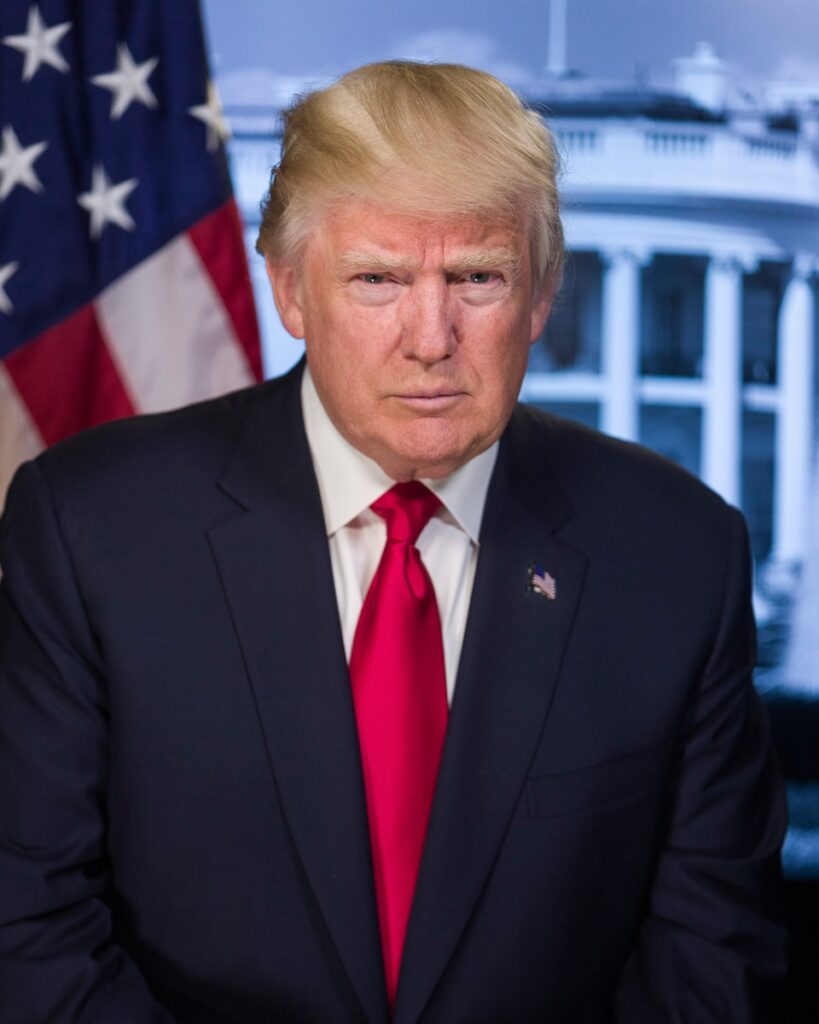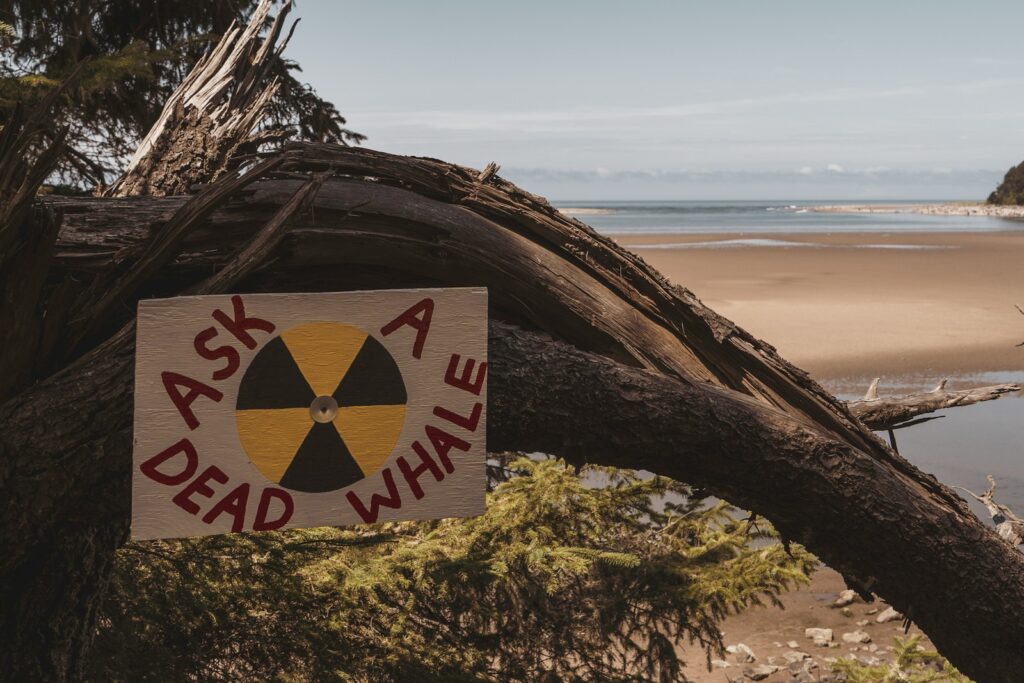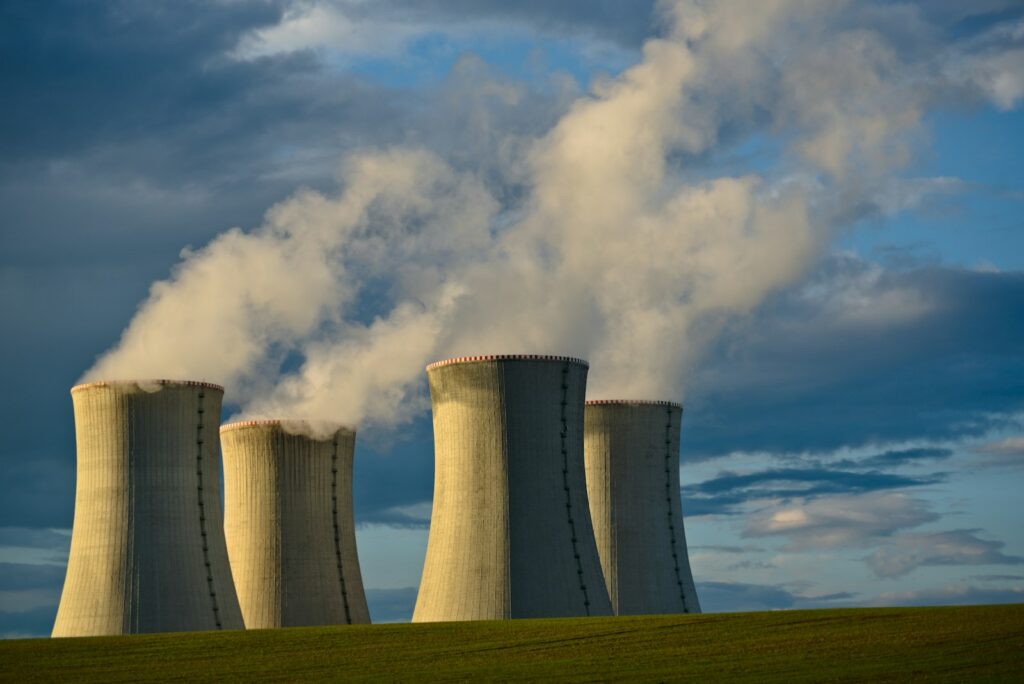
The Resurgence of Nuclear Peril: A Global Landscape Shifting Toward Danger
National security experts and arms control advocates issue a stark warning: the risk of nuclear war, once thought confined to Cold War history, is higher than in decades—and rising. This danger stems from a confluence of factors, foremost among them a accelerating nuclear arms race involving key global powers.
Russia is upgrading its missile systems and issuing explicit nuclear threats, while the U.S. has launched a trillion-dollar program to rebuild and expand its nuclear arsenal over the next decade, including new bombs and enhanced delivery systems. China, too, is expanding its nuclear capabilities. Regional flashpoints persist: India and Pakistan’s enduring arms race, North Korea’s unrelenting nuclear advancement despite international pressure, and Israel’s strikes on Iran’s uranium enrichment facilities (while Israel remains silent on its own estimated 80 nuclear weapons) all fuel tensions.
Compounding this instability is the collapse of long-standing arms control frameworks. Decades of painstakingly negotiated agreements between the U.S. and Russia—designed to curb unconstrained nuclear competition—have been largely discarded. The last major accord, New START, is set to expire in February with no active renewal negotiations. Without new constraints, both nations could rapidly double deployed nuclear warheads in coming years, a devastating blow to global security.

A Gap Between Threat and Awareness: Public Apathy and Emerging Efforts to Mobilize
Despite this mounting danger, public awareness remains strikingly low. Media coverage is limited, with exceptions like William Hennigan’s “At the Brink” series for The New York Times. A brief uptick in attention last year—spurred by the film Oppenheimer and Annie Jacobsen’s Nuclear War: A Scenario—faded quickly, leaving a chasm between the threat’s gravity and public consciousness.
To bridge this gap, over two dozen arms reduction groups and concerned individuals have formed a global coalition. Drawing inspiration from 1980s disarmament movements—including the 1982 Central Park rally that drew one million people calling for an arms freeze—the coalition has issued a global appeal. It demands the U.S. and other nuclear-armed states immediately halt and reverse the nuclear arms race, ending the development of new nuclear weapons.
The coalition advocates linking anti-nuclear efforts to social justice and democracy movements, noting that soaring nuclear spending often comes at the expense of critical social programs. For example, the proposed 2026 U.S. budget includes a 53% increase for nuclear warheads, while a Republican bill slashes Medicaid funding. Collaborative messaging—such as “Healthcare not Warfare,” crafted by groups like Win Without War—aims to unify these movements around shared priorities.

U.S. Strikes on Iran: A Calculated Move and Its Immediate Aftermath
Against this backdrop, recent U.S. military action targeting Iranian nuclear sites has injected new volatility. Early on a recent Sunday, U.S. forces struck three key facilities—Fordow, Natanz, and Isfahan—with President Donald Trump calling the operation a “spectacular military success” and declaring Iran’s options: “peace or tragedy.” The strikes followed earlier Israeli attacks on Iranian nuclear and military targets.
The operation was notable for its strategic restraint: the U.S. deliberately avoided Iran’s oil and gas infrastructure, leaving the Strait of Hormuz open and global energy markets stable. Unlike past regional conflicts, energy supplies remained unthreatened, a result of U.S. energy abundance and careful targeting.
Expert Assessments: Risks, Opportunities, and Uncertainties
Experts differ on the strikes’ implications, but all acknowledge a precarious path ahead.
- Strategic Efficacy: William F. Wechsler and Matthew Kroenig back the strikes, arguing they neutralize Iran’s nuclear threat. Kroenig notes Iran was just 2–5 days from having weapons-grade uranium and insists only the U.S. could destroy its hardened facilities. He dismisses fears of regional war, predicting Iran will limit retaliation.
- Iran’s Response: Jonathan Panikoff warns Iran faces two paths: limited retaliation to save face, or escalatory attacks risking wider war. He stresses uncertainty about whether Iran’s nuclear program was fully destroyed—secret sites or relocated materials could prolong conflict.
- Diplomatic Openings: Daniel B. Shapiro sees potential for de-escalation, including a Gaza ceasefire, hostage deals, and Saudi-Israeli normalization. He argues the strikes weaken Iran, creating opportunities for regional stability.
- Cautious Skepticism: Tressa Guenov and Danny Citrinowicz urge caution. Guenov calls for more intelligence to confirm success; Citrinowicz doubts Iran will submit to U.S. demands, warning the campaign could expand.

Reactions from Global Players: Russia, China, and Regional Actors
The strikes reverberate beyond Iran.
- Russia and China: Alan Pino notes the strikes signal U.S. willingness to act on core interests, even as Trump avoids new wars. China, a key Iranian partner, is unlikely to intervene militarily; experts say Beijing will prioritize safeguarding its energy interests over defending Iran. Russia, though aligned with Iran, has not taken concrete action, focusing instead on its own strategic concerns.
- Regional Stakes: Turkey, a NATO ally, expresses concern about radiation risks from bombed sites and stands ready to mediate. Gulf states, meanwhile, hope the strikes reduce Iranian threats, potentially easing regional tensions.

Balancing Danger and Hope
The current moment is defined by paradox: rising nuclear risks, eroding arms controls, and bold military action coexist with grassroots calls for disarmament and diplomatic openings. The U.S. strikes on Iran highlight both the perils of escalation and the potential for calibrated, strategic action.
Experts agree clear communication and diplomacy are critical. Without renewed arms control agreements, nuclear competition could spiral; without de-escalation in the Middle East, regional war remains a risk. Yet the global coalition against nuclear arms offers a reminder: collective action can counter even the gravest threats.
As the world grapples with these challenges, the choice is clear: prioritize cooperation over competition, and diplomacy over escalation. The alternative—unchecked nuclear risk—demands no less.ng hope for a safer world, even amidst the present uncertainties.




